Throughout history, unusual and extreme weather events have left a lasting impact on communities worldwide. From strange storms to sudden heat waves, these occurrences have often defied expectations, leaving people to adapt in surprising ways. Many of these events were so severe they changed how societies responded to weather, inspiring new disaster preparedness strategies and influencing climate studies. In this article, we’ll look at some of the most intriguing and strange weather events that shaped history in unexpected ways.
The Year Without a Summer
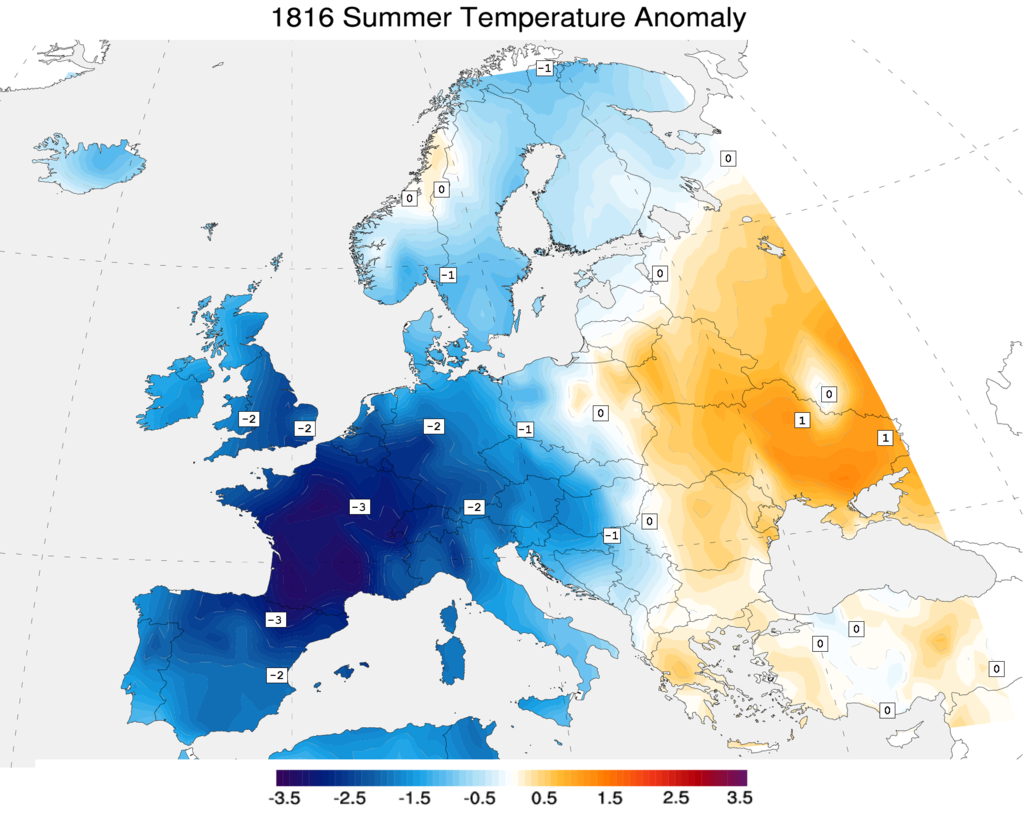
In 1816, volcanic eruptions created a strange climate phenomenon that became known as the “Year Without a Summer.” The eruption of Mount Tambora in Indonesia the previous year had ejected ash and sulfur into the stratosphere, reducing sunlight globally. This led to lower temperatures in the Northern Hemisphere, causing snow in June and frosts in July in places like New England and Europe. The cool temperatures devastated crops, leading to food shortages and price spikes worldwide. Crops like wheat and corn failed, with many livestock perishing from the cold. It became known for its severe impact on agriculture and society, with harvests ruined and food prices soaring. This strange year altered global agricultural practices, pushing some to migrate and others to innovate in crop selection. This event is often linked to eerie, foggy summers and what locals referred to as “dry fog” due to volcanic aerosols. It underscored the potential of natural events to influence human society profoundly.
The Great Smog of 1952
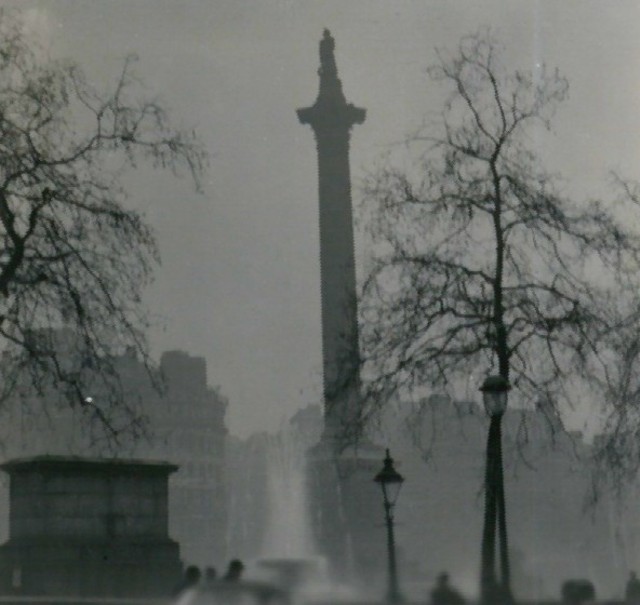
In December 1952, London was gripped by a deadly fog that would later be known as the “Great Smog.” Industrial pollution, combined with a rare weather condition trapping air, created a thick, suffocating smog that lasted five days. Visibility was so poor that people could barely see a few feet in front of them, causing disruptions to daily life and transport. Livestock died in pastures, and respiratory issues surged among residents, especially affecting children and the elderly. With air quality rapidly declining, the event resulted in approximately 12,000 deaths, a sobering reminder of pollution’s dangers. Public outcry over the health effects spurred significant environmental reforms in the UK, including the Clean Air Act of 1956. This legislative response marked a turning point for environmental policy. It continues to be a significant reference point for discussions on urban pollution and climate legislation worldwide.
The Tunguska Event
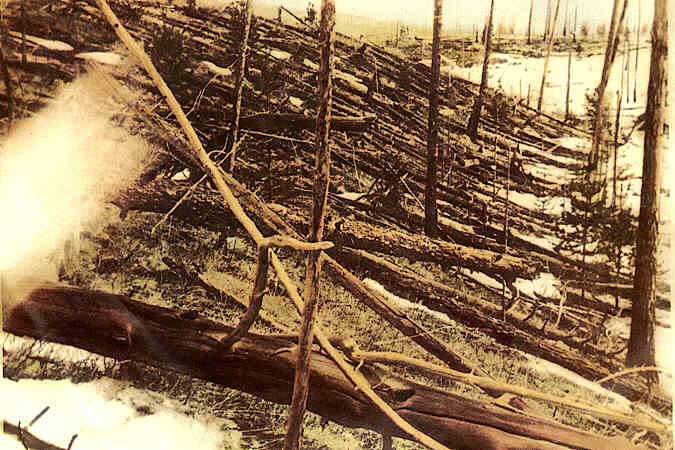
In 1908, a powerful explosion occurred over Siberia near the Tunguska River, flattening around 800 square miles of forest. Believed to be caused by a meteor or comet fragment exploding in the atmosphere, this “Tunguska Event” remains one of the most mysterious weather-related occurrences. The blast was estimated to be as powerful as a modern nuclear bomb, and witnesses saw the sky light up before feeling a powerful shockwave. Scientists studying the area found charred trees and strange patterns of destruction but no impact crater, fueling ongoing intrigue. Some theories suggested an extraterrestrial cause, though most favor a high-altitude airburst of a space object. It took almost two decades for researchers to investigate the remote site thoroughly. This event still fascinates scientists due to its scale and the lack of solid evidence of its exact cause It highlights the potential risks posed by near-Earth objects and remains a major study area in planetary defense.
Black Monday, 1360

In 1360, a freak storm struck the English army as it camped near Chartres, France, during the Hundred Years’ War. Known as “Black Monday,” the storm unleashed hail and freezing rain, killing hundreds of soldiers and thousands of horses within minutes. This fierce, rapid storm stunned English forces, causing such devastation that King Edward III interpreted it as a divine sign and negotiated a temporary peace with France. Contemporary accounts compared the storm to a supernatural intervention, which Edward later cited as God’s warning. It remains significant in military history for the extreme weather’s influence on medieval warfare. The storm’s fury was a reminder of how natural forces could disrupt even the best-laid plans. This event serves as one of history’s dramatic examples of weather unexpectedly altering military outcomes.
Fire Tornadoes in Australia
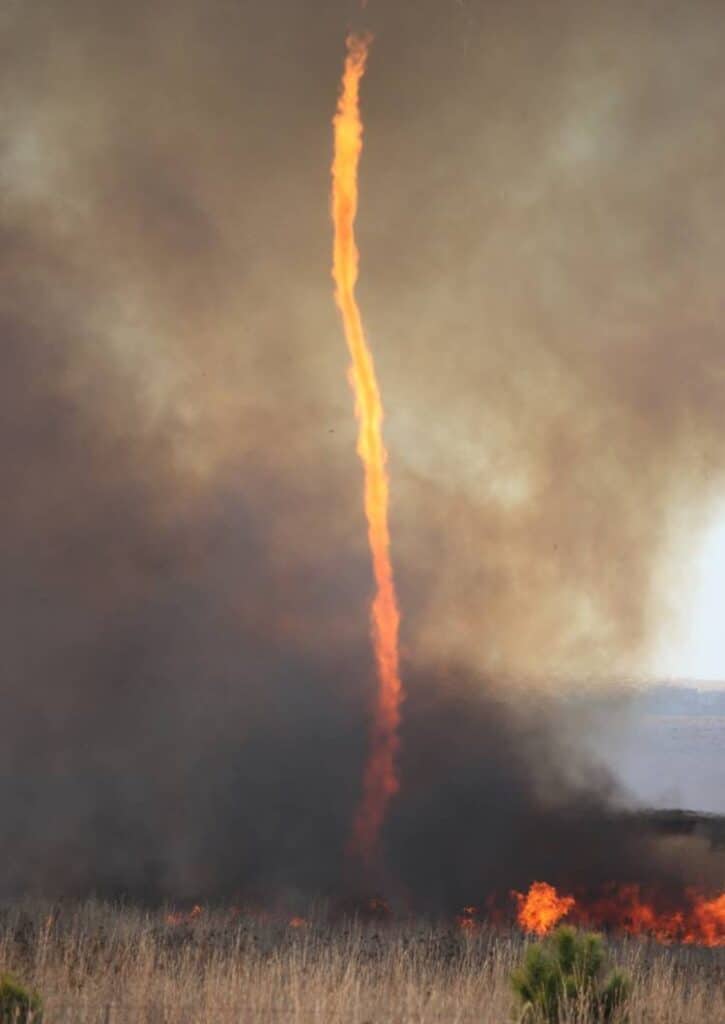
Fire tornadoes, or “fire whirls,” are rare phenomena occurring when intense wildfire heat creates spinning columns of air. During Australia’s intense bushfires, some areas witnessed this phenomenon as towering fire whirls swept through, reaching temperatures as high as 2,000°F. These deadly tornadoes of fire are fueled by heat and winds and can spread flames over long distances, making wildfires even harder to control. Fire tornadoes have been recorded in several places globally but are particularly associated with large, intense fires in Australia. The whirls’ intensity and unpredictability pose dangers to both firefighters and nearby communities. The 2003 Canberra firestorm was one such event that showcased the destructive power of fire tornadoes. These fiery spirals underline the dangers of extreme weather interactions, particularly in dry, fire-prone areas.
The Bangladesh Cyclone of 1970
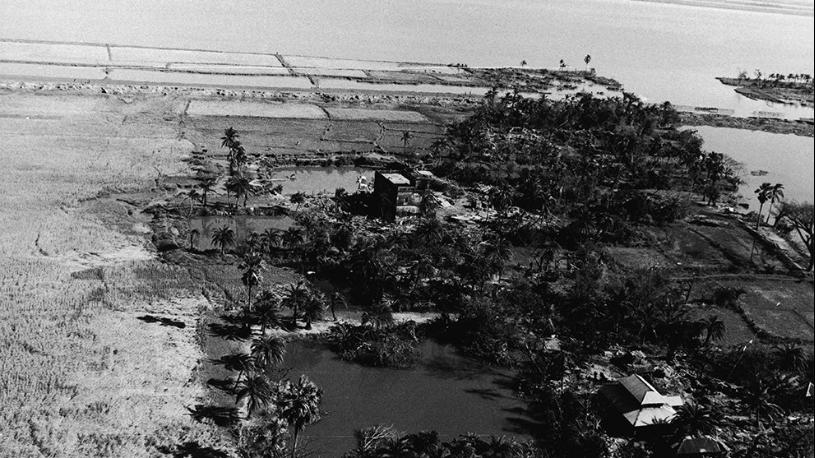
In November 1970, the Bhola cyclone struck East Pakistan (now Bangladesh) with catastrophic effects, killing between 300,000 and 500,000 people. It is one of the deadliest tropical cyclones in recorded history, with storm surges flooding low-lying areas, destroying homes, and displacing millions. The cyclone highlighted the vulnerabilities of coastal communities and underscored the importance of effective warning systems. This tragedy catalyzed significant improvements in cyclone response and early warning systems in South Asia. The devastating impact on Bangladesh’s infrastructure and agriculture worsened food insecurity and economic hardship. Its aftermath pushed governments to improve response measures and prepare better for future storms in the region.
The Great Galveston Hurricane of 1900
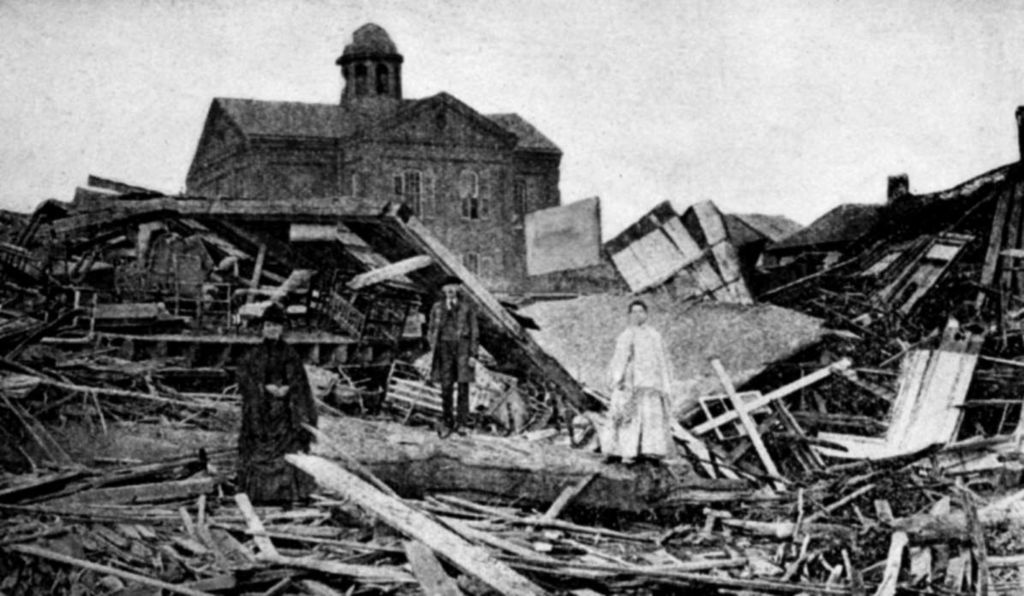
The Great Galveston Hurricane struck the Texas coast in September 1900, marking it as the deadliest natural disaster in U.S. history. This Category 4 hurricane swept over Galveston Island with winds up to 140 mph and a storm surge that reached over 15 feet, inundating the entire city. It caught many residents by surprise, as forecasting technology was limited, and the warnings were not widely heeded. Entire neighborhoods were flattened, with homes and businesses swept away, leading to a death toll estimated between 6,000 and 12,000 people. Galveston, once a thriving port city, was left devastated, and its economy took years to recover. Following the disaster, the city invested in the construction of a seawall to protect against future storms and elevated buildings to safeguard them from surges. The impact of this hurricane reshaped disaster preparedness in Texas and underscored the importance of improved weather forecasting. The disaster shifted Galveston’s trajectory, pushing it to prioritize resilience and storm protection infrastructure.
The Blizzard of 1978
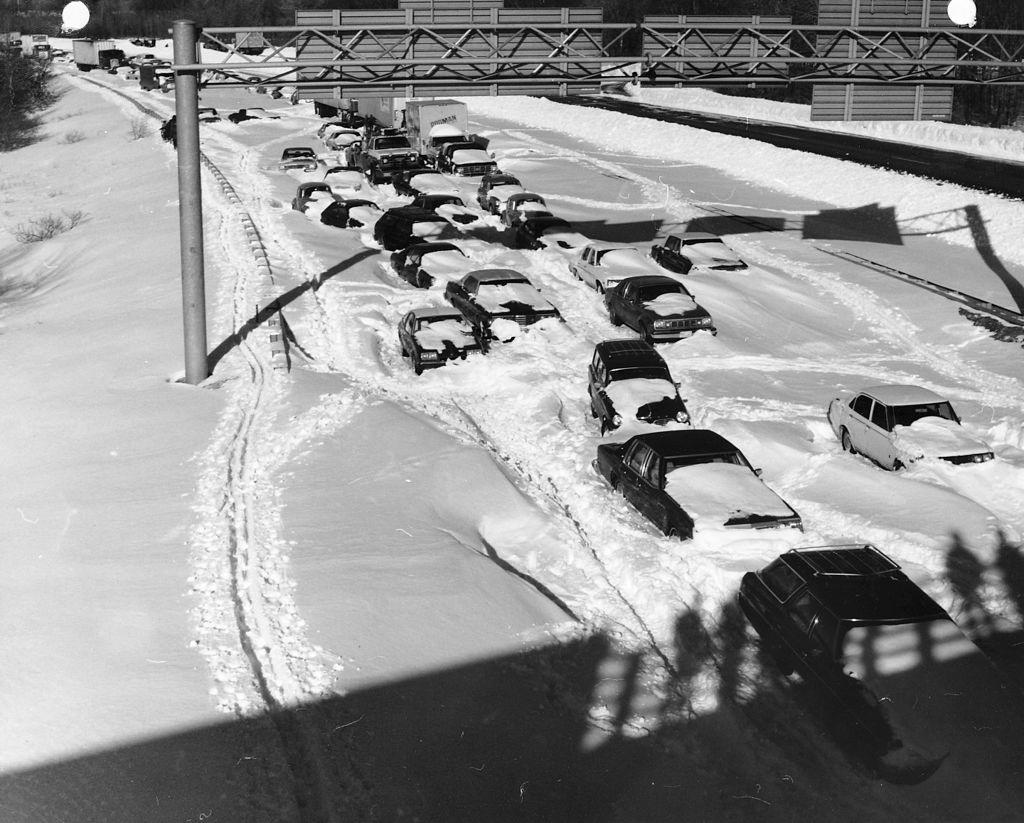
/ Wikimedia Commons
In February 1978, a powerful blizzard blanketed the northeastern United States, paralyzing cities and bringing daily life to a standstill. Known simply as the Blizzard of ’78, it dumped record snowfalls of up to 55 inches in some areas and was accompanied by hurricane-force winds. Thousands were stranded in their homes and vehicles, while many others were left without power for days. The storm caused significant disruption to infrastructure, with road closures and halted public services. Emergency crews worked tirelessly to rescue those trapped, but the blizzard ultimately led to dozens of fatalities. It highlighted the need for better emergency protocols and snow removal strategies in heavily populated areas prone to severe winters. It also underscored the importance of accurate forecasting and timely communication to the public, which has since become a focus in emergency preparedness. This historic blizzard remains a vivid reminder of the importance of readiness in severe winter weather conditions.
Snow Donuts
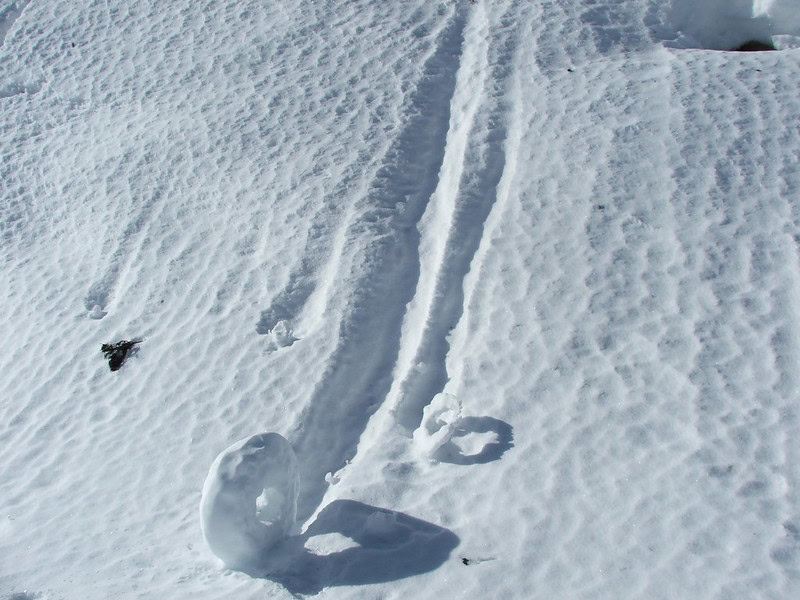
Snow donuts, or snow rollers, are rare weather phenomena that form under specific winter conditions, creating cylindrical snow structures that resemble giant, hollow donuts. For these formations to appear, a layer of snow must be both sticky and loose, while a strong, consistent wind is needed to roll a snow clump across the ground, gathering layers as it moves. They are particularly fragile and rarely survive long after forming, as they can easily collapse. Due to their rarity, they are considered an exciting winter sight and often draw attention in regions where they appear. Snow donuts generally form in open, flat landscapes like prairies or fields, where winds can move freely to create the rolling effect. They are a fascinating example of how unique weather conditions can produce unusual natural sculptures. Their fleeting existence adds to their mystique, making them a rare sight even in the winter landscape.
The Great White Hurricane of 1888
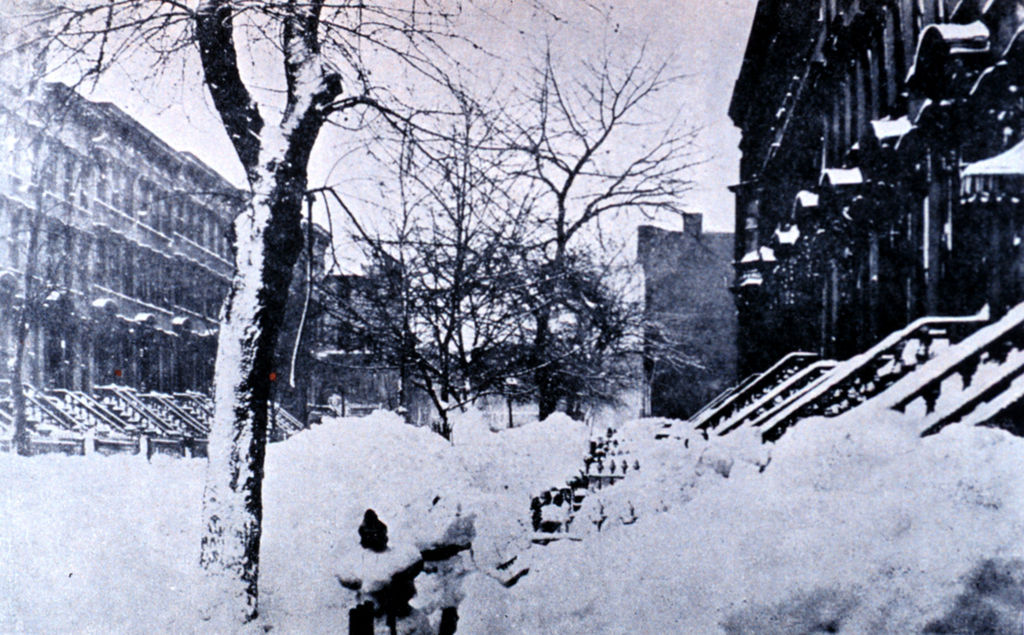
The Great White Hurricane, also known as the Blizzard of 1888, struck the northeastern United States in March 1888 with unprecedented ferocity. Heavy snowfall, which totaled up to 50 inches in some places, and wind gusts of over 85 mph paralyzed major cities like New York and Boston. It left thousands stranded, particularly affecting densely populated areas that had limited infrastructure for snow removal and disaster response. Telegraph lines and railway tracks were buried, isolating towns and making communication nearly impossible. The blizzard tragically claimed over 400 lives and caused substantial property damage. This devastating storm exposed the region’s vulnerability to winter weather, leading to significant advancements in infrastructure, including the decision to move power and communication lines underground. The impact of the Great White Hurricane forever changed winter preparation in urban areas. This historic storm is a reminder of the sweeping changes that can result from a single extreme weather event.
This article originally appeared on Rarest.org.
More from Rarest.org
14 Rare and Beautiful Corals Found in Deep Sees

The deep seas are home to some of the world’s most intriguing and rare corals. These corals not only add vibrant colors to the ocean depths but also play crucial roles in marine ecosystems. Read More.
8 Most Fascinating Underwater Ruins
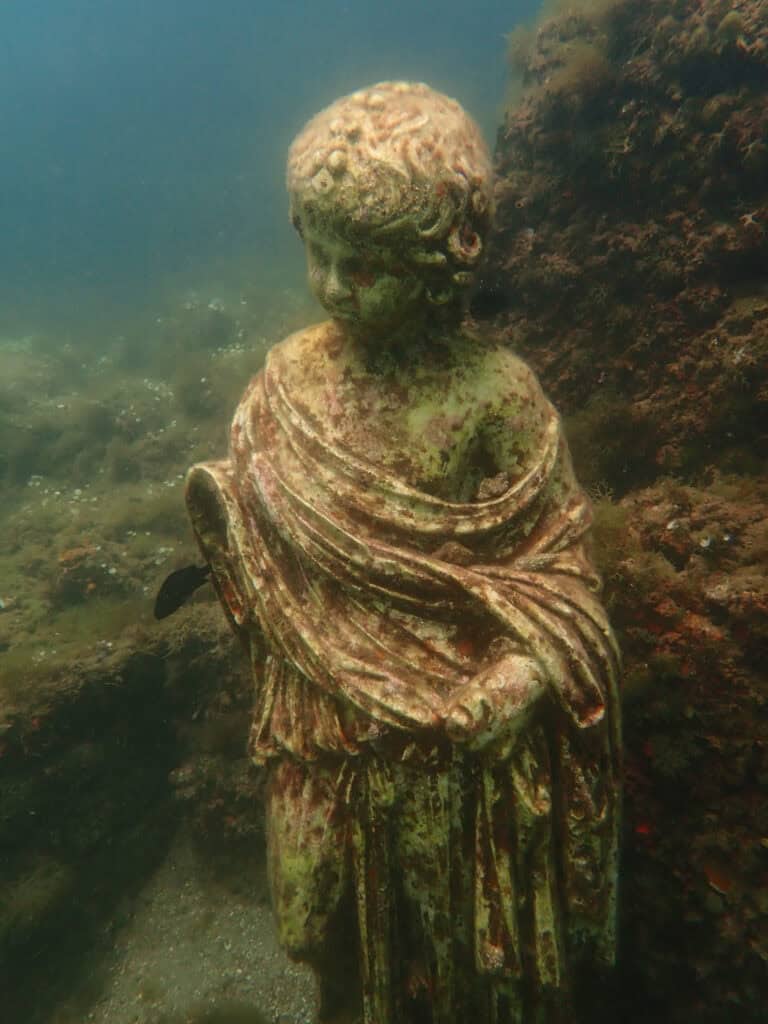
The world’s oceans hide countless secrets. Among them are ancient cities, temples, and monuments submerged by time and tides. Read More.
8 Most Expensive Vintage Cadillacs Ever Auctioned

Vintage Cadillacs have always been a symbol of luxury and class. Collectors around the world seek these exquisite vehicles for their elegance and historical significance. Read More.
